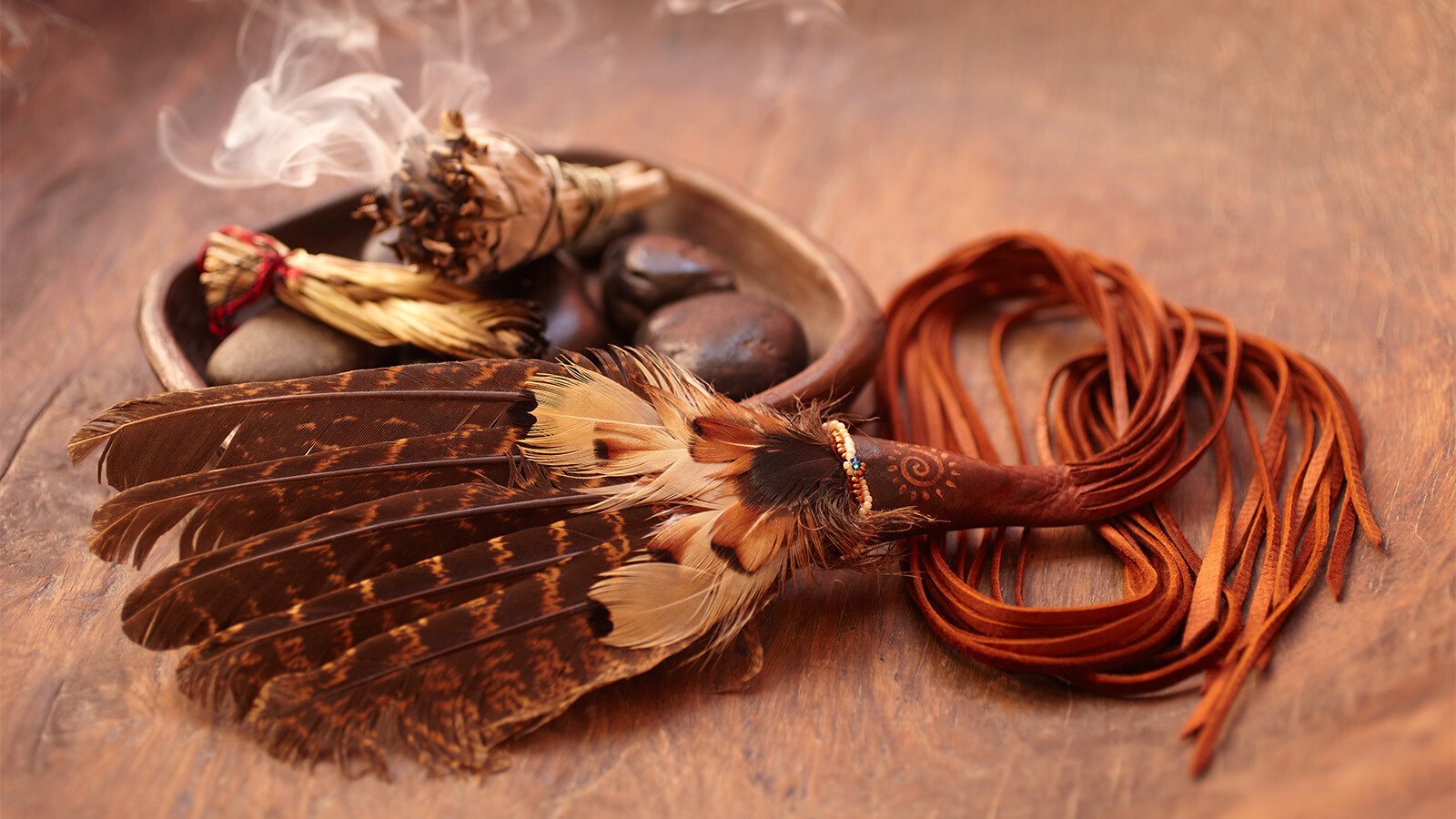In response to the 94 Calls to Action by Canada’s Truth and Reconciliation Commission (TRC), the Government of Canada declared September 30 of each year as the National Day for Truth and Reconciliation. It’s a day that seeks to honour First Nations, Inuit, and Metis residential school Survivors and their families and communities.
As part of this process, Kindred Credit Union feels it’s important to draw attention to community partners who are doing the important work of bringing healing to the communities affected by the terrible legacy of the residential school system.
Crow Shield Lodge was founded in 2021 and is built upon the four pillars of education, healing, reconciliation, and land stewardship. Through Indigenous land-based healing and education, Crow Shield Lodge offers connection and belonging to the community and is dedicated to responsible land stewardship. There are three land-sites where a variety of programs are offered to community members.
Crow Shield’s founder, Clarence Cachagee, has felt connected to the land his whole life. In his book North Wind Man, Clarence describes how, during his childhood, he was happiest when exploring the outdoors. He says, “I think at a young age, I knew I was connected. I’d find comfort in Mother Earth.”
Clarence’s childhood was far from carefree. He was taken from his family in the Sixties Scoop, when more than 20,000 Indigenous children were taken from their families and placed with white foster families. He and his sister bounced from foster home to foster home, until they eventually settled with the Reier family, a Mennonite family in New Dundee. Eileen and Ken Reier proved to be loving and kind, yet Clarence struggled with feelings of not belonging.
Of course, there were farm chores to be done, including picking rocks and stones out of the fields. A tedious and tiring job, Clarence worked away while Eileen drove the tractor with a trailer attached. There was also fun to be had, especially swimming in a pond dug out by Ken. Clarence credits the Reiers and his life on their farm for his work ethic and strong values. However, Clarence couldn’t stop himself from wondering where he came from and why he felt there was a piece missing from his life.
Like his father and grandmother before him, Clarence had been removed from his cultural identity. For his father and grandmother, it was through the residential school system. For Clarence, it was through the Sixties Scoop. However, the losses were the same and eventually led to him running away from home, drinking, using drugs, and tangling with the police. Eventually, he fell into substance abuse and homelessness.
In North Wind Man, Clarence describes the painful years that followed in heartbreaking detail. Although he was eventually able to reunite with his birth parents, Clarence continued to struggle with periods of substance abuse and homelessness. In his book he writes, “I was consumed with so much shame… I did the one thing I said I would never do. I abandoned my own daughters.” He adds that this is how “intergenerational trauma can flow right into the next generation.”
After several attempts at treatment, Clarence was eventually able to find his voice. He dove deeper into learning about Indigenous culture, traditions, and teachings. He even attended a treatment centre that specialized in Indigenous healing practices. Of the 16 people in attendance at that treatment centre, none had been raised by their parents.
Clarence states, “I started looking at life through a different lens. And it was through the help of the teachings, and the help of the Elders giving us stories, and working with the medicines, and doing the ceremonies.” And it was at his second Sweat Lodge ceremony that he was given his spirit name: North Wind Man.
Clarence went back to school, completing high school and then going on to get a Social Service Worker diploma from Anishnabek Education Institute. He started working at the House of Friendship in the men’s shelter -- the same shelter he had stayed at in the past. He used his community connections to help create a dry house for men coming out of addictions treatment that was co-created by The Working Centre, House of Friendship, and Stirling Avenue Mennonite Church. And eventually he founded Crow Shield Lodge. Clarence found healing in Indigenous-based practices and reconnection with his culture, and he hoped to pass that healing along to others.
The work at Crow Shield helps people to heal the inter-generational trauma of the residential school system, and the Sixties Scoop. And by connecting to the natural world, the hope is that people will find the balance that can only be found in nature. Crow Shield lodge welcomes those seeking to connect with their culture, no matter where they are at in their journey. Clarence likes to say that “at Crow Shield Lodge, we don’t call people out, we call people in.”
Interestingly, stones often play a large part in the healing rituals at Crow Shield. For Clarence, this signifies an interesting connection from his past. He remembers all of those rocks that he picked from the ground on the Reier’s farm all those years ago. And now, he uses stones and rocks from the earth to help others who are on their own healing journey – the same healing journey that Clarence has so bravely shared and built into Crow Shield Lodge. Kindred Credit Union is honoured to stand alongside Clarence and Crow Shield Lodge as they continue the important work of reconciliation in the community.

